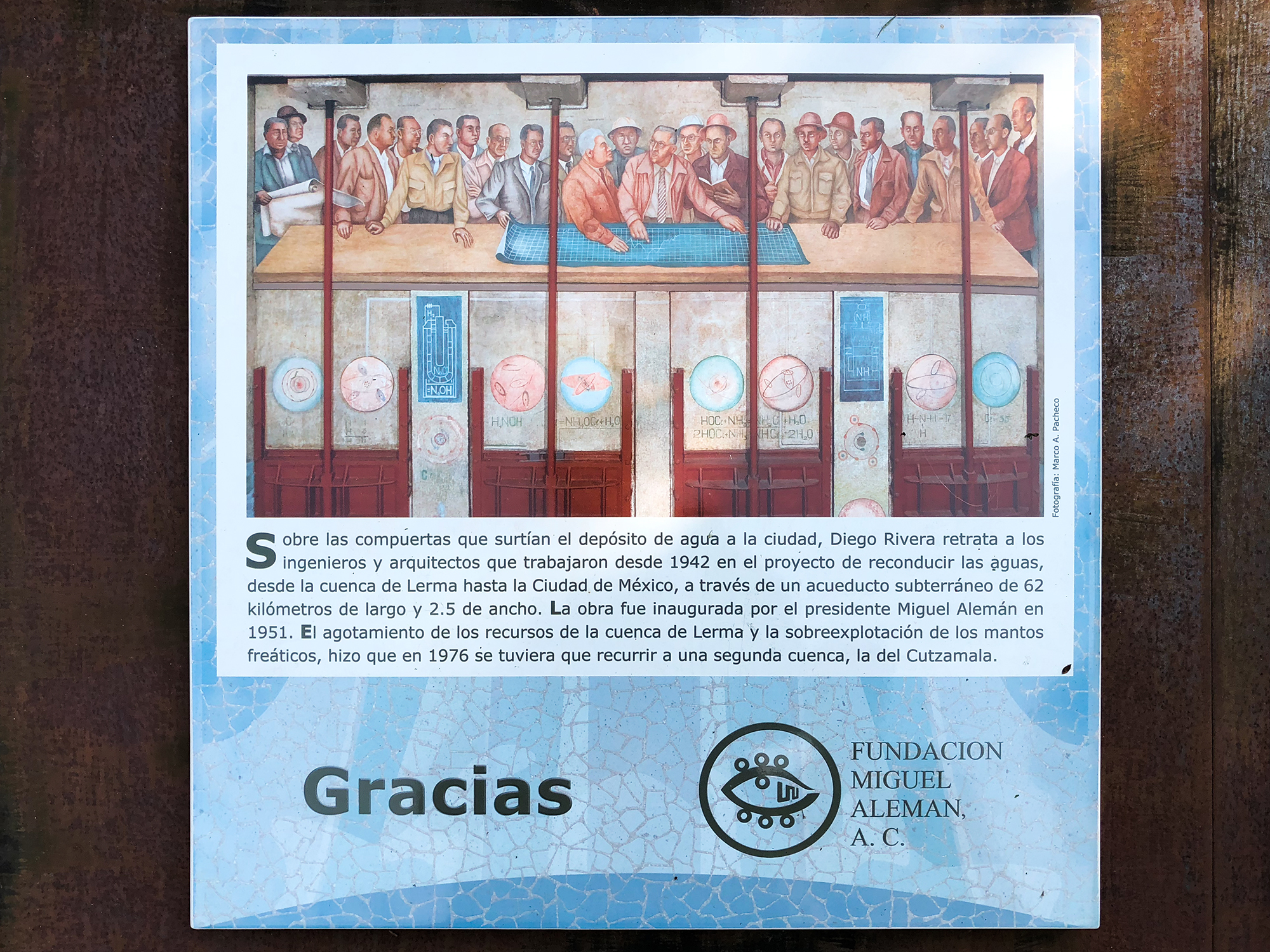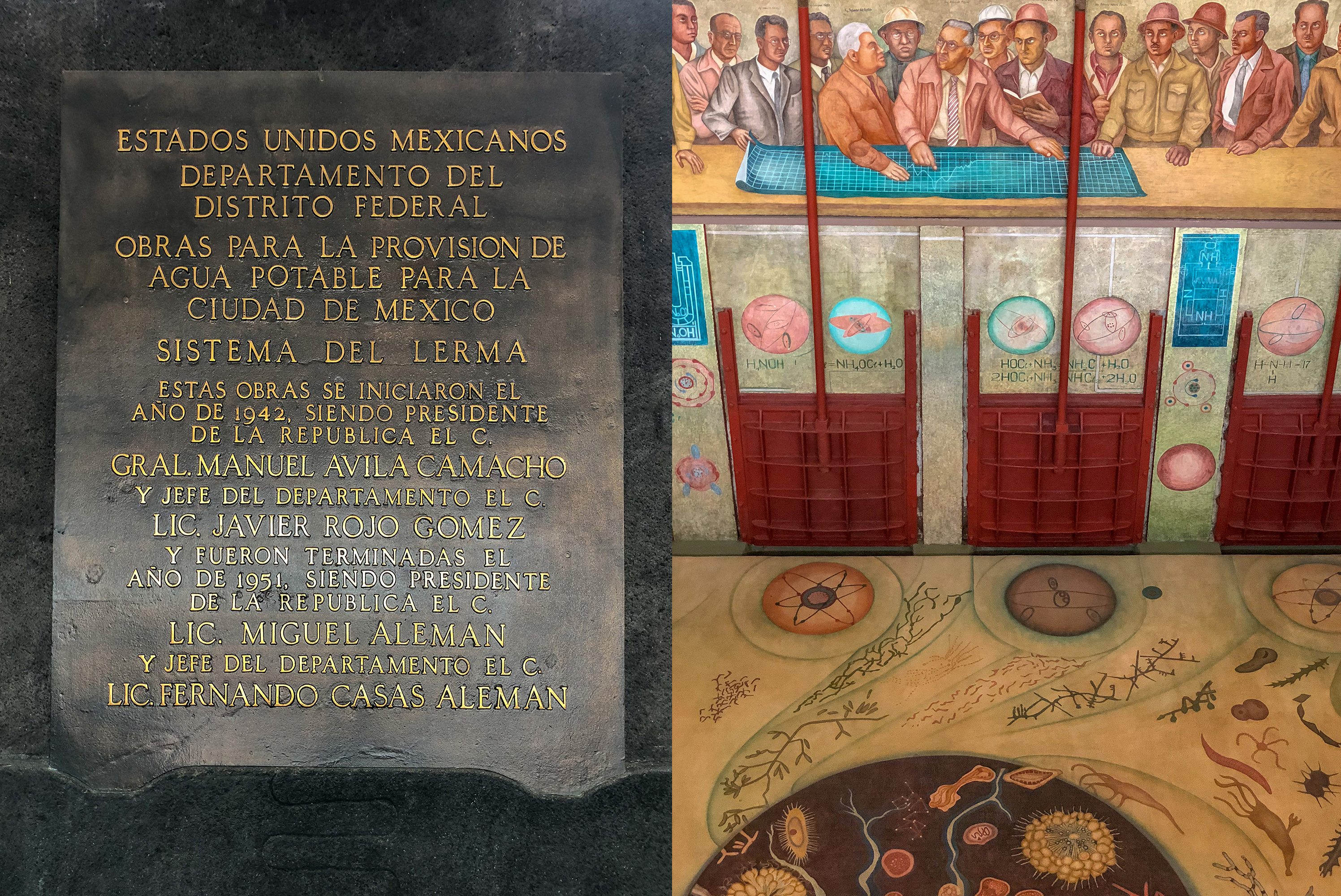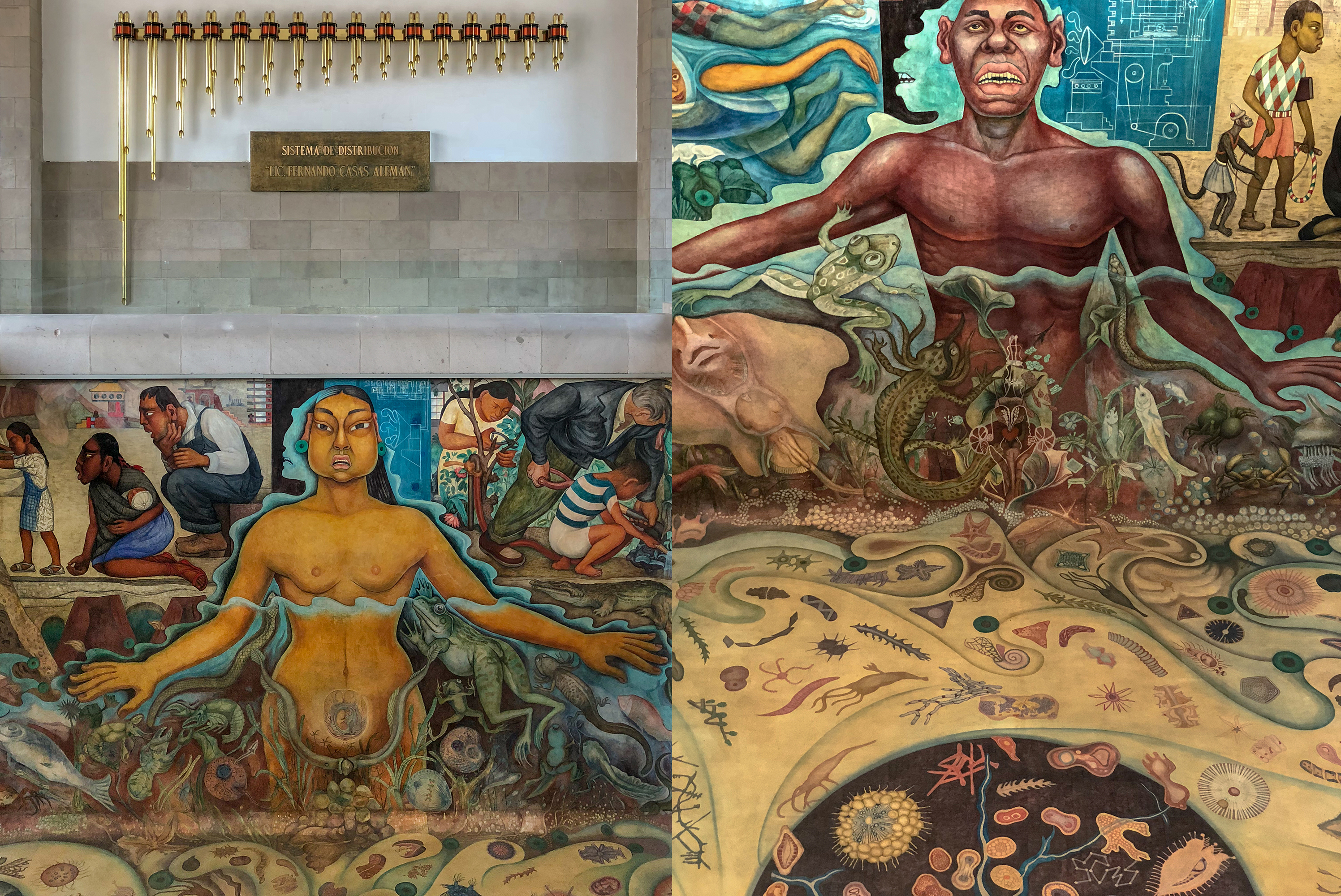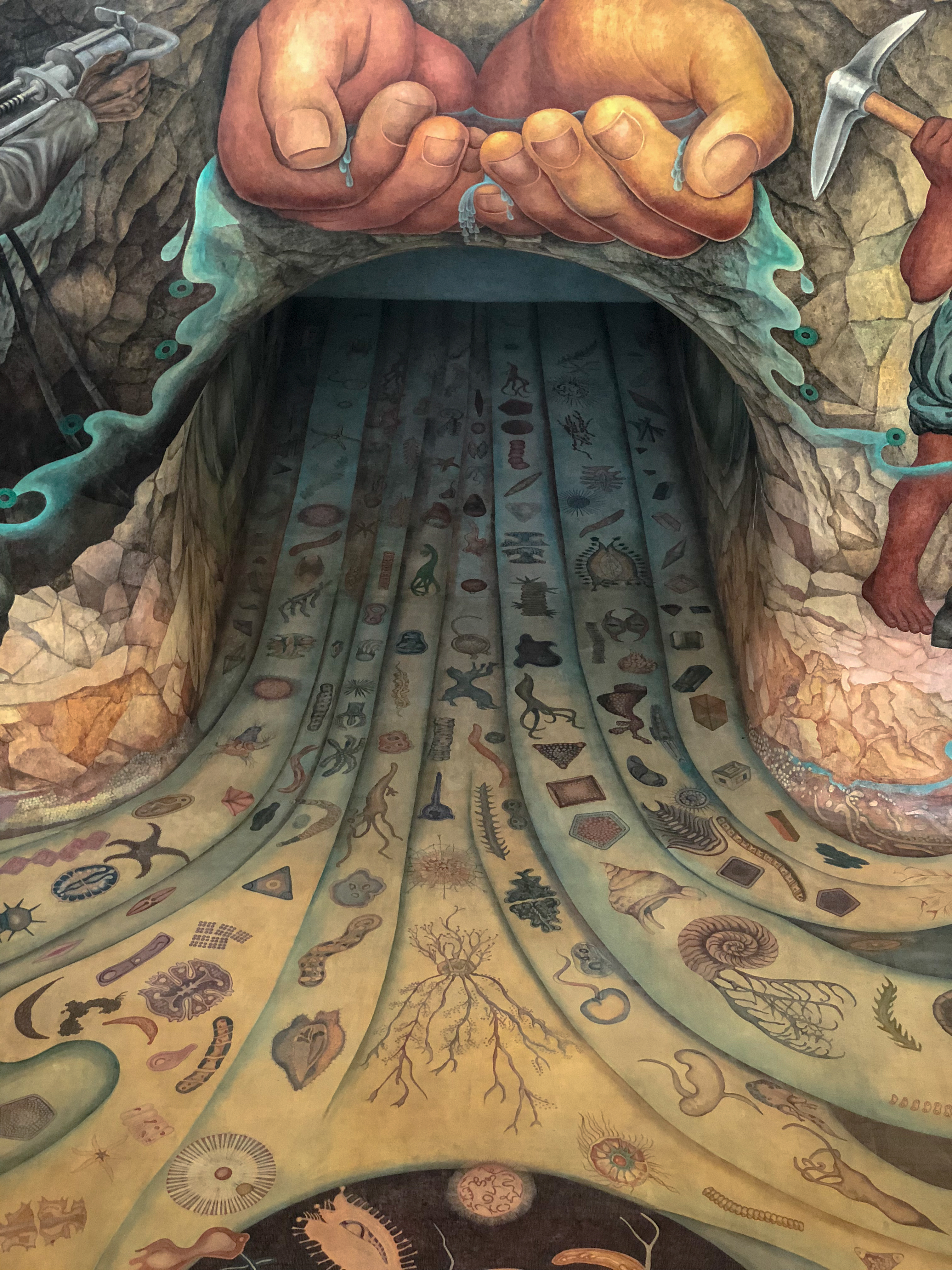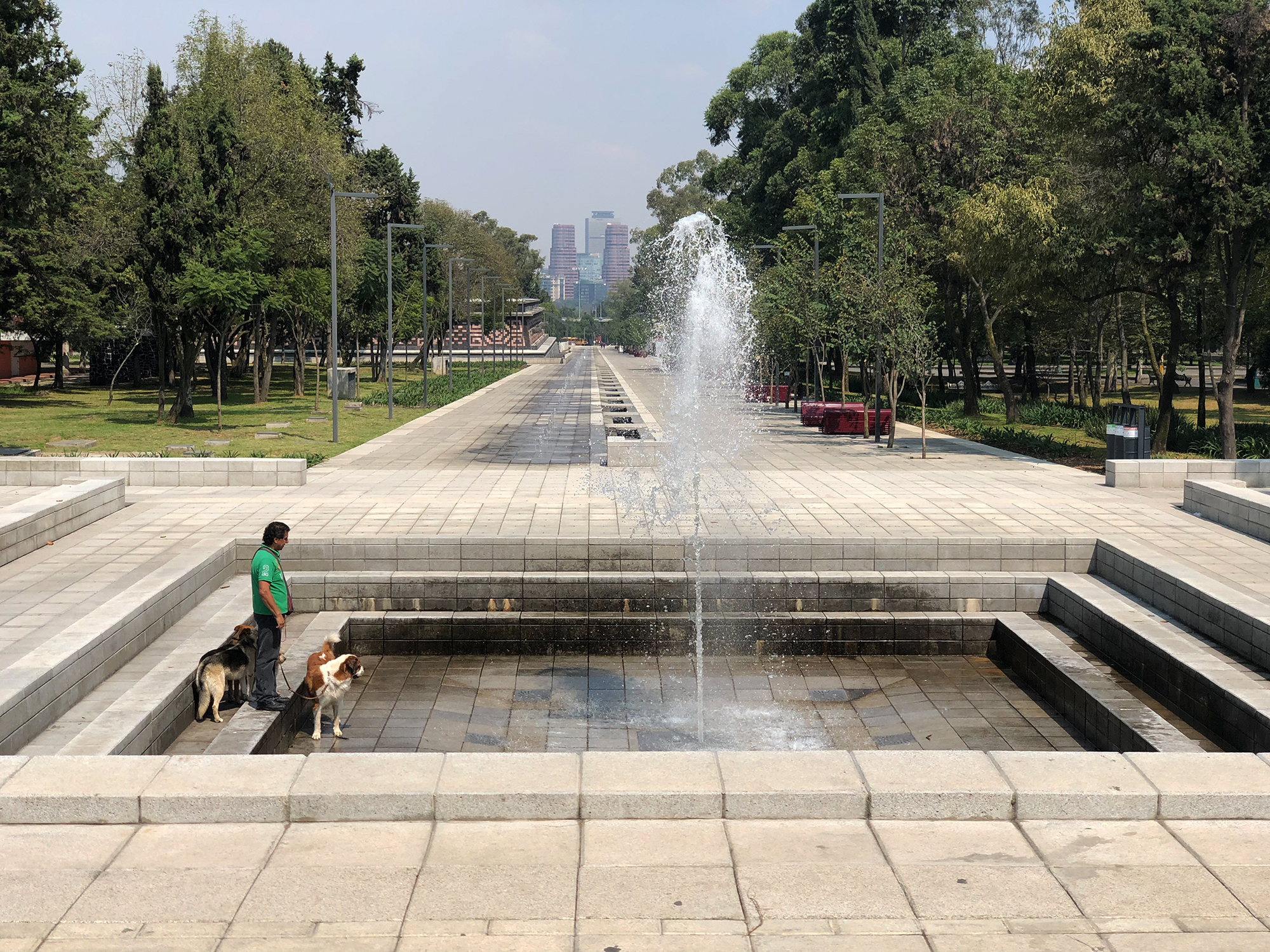
Discovering Mexico City from scratch, the first element to emerge evidently is the theme of water, (or its absence / disappearance). Mexico City is built on a lake’s bed, which the growth of the metropolis has progressively dried, and almost every aspect of its development, management and conflicts is connected with issues of water.
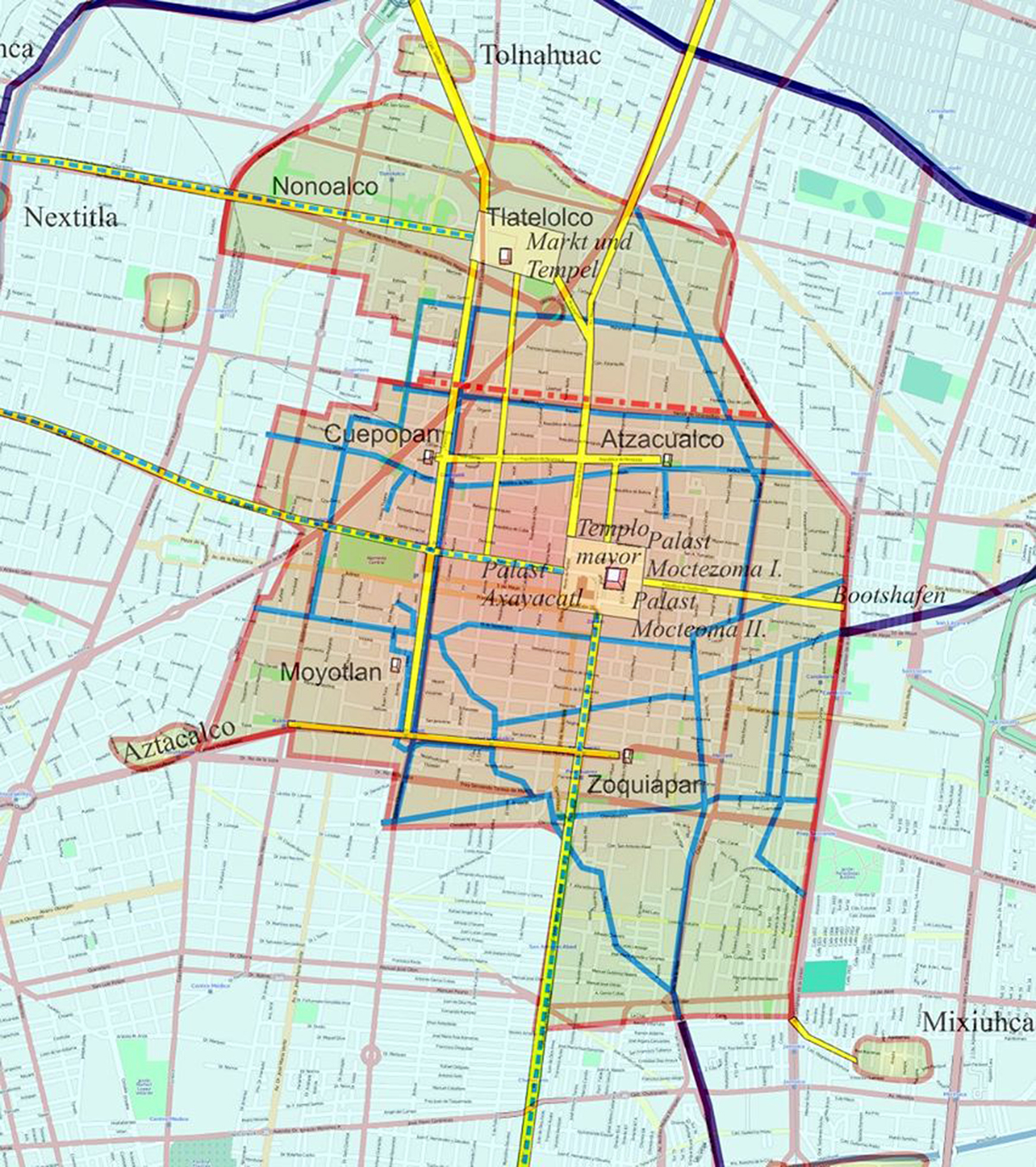
Our first full-immersion in the theme come through a walk of 22 km. that we did together with the Mexico-based Dutch artist and journalist Feike De Jong. The itinerary followed the former shore of the Texcoco lake at the time when the Aztec city of Tenochtitlán was in fact an island in the middle of the lake. This experience was in fact a perfect mix of the exercise Liquid City with Threshold City and City of Memory, walking along an urban edge than now is confined only in a labile remembrance. The challenging march juxtaposed the suggestive memory of a past natural environment with the actual reality of a congested, noisy and polluted territory covered by tarmac and concrete, where is hardly possible to imagine how these places could appear in pre hispanic times. The memory of waters is ephemerally preserved in some toponyms, namely the Calzadas which qualify former waterways finally covered or filled up during last century.
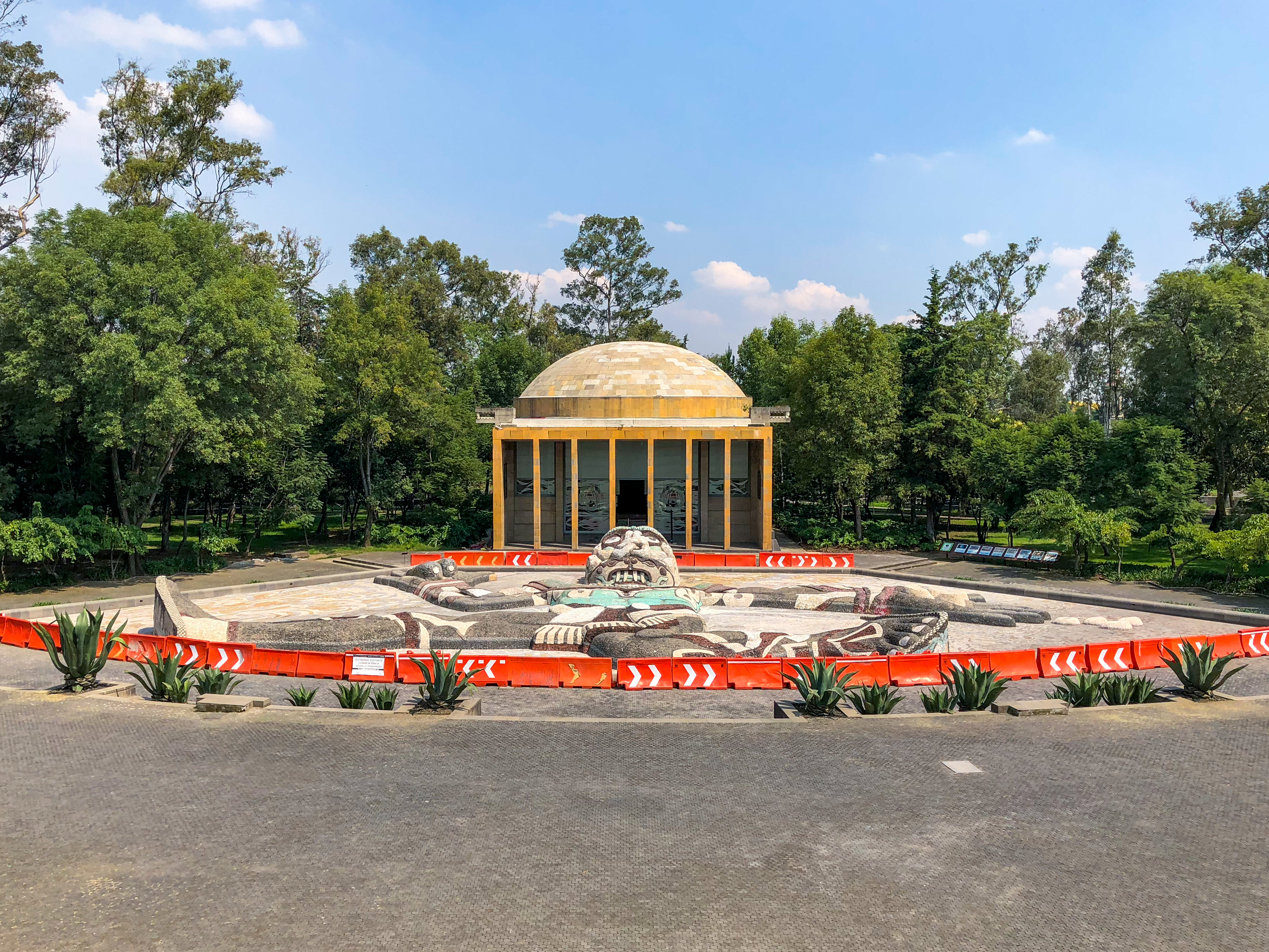
After that, we went to visit the Chapultepec Park, which includes the Water Garden Museum with the Tlaloc fountain (Atzec divinity of water) and the extraordinary mural by Diego Rivera called "El agua: origen de la vida”, which is set at the initial pit of the Sistema Lerma - Cutzamale, and aqueduct built in 1909 to serve the city. Here we could experience different declinations of water as part of aesthetic, cultural and religious aspects of urban life.
